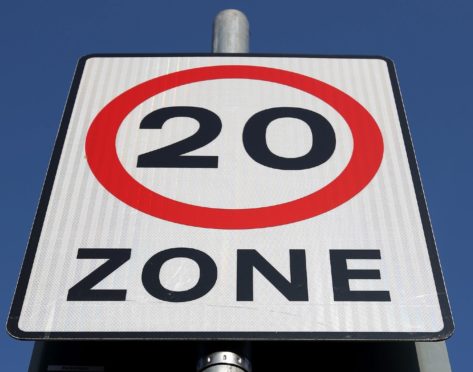The number of road traffic collisions in Edinburgh has fallen since a 20mph speed limit was introduced in 2016, according to new research led by the University of St Andrews.
Studies spearheaded by Dr Valentin Popov, of the School of Mathematics and Statistics at St Andrews University, along with collaborators from the universities of Edinburgh, East Anglia and Cambridge, focused on the trend of accidents in the capital and associated them with possible causes.
The research team investigated the effect of the policy on a city-wide scale, and they found the trend transitioned from a “slow-decreasing” state to a “fast-decreasing” state when the limit was introduced.
Figures revealed how the average number of road traffic collisions per month in Edinburgh in 1997 was 165, while in 2018 this number fell to 64.
In 2016, the year the 20mph limits were introduced, the average number per month was just above 95.
Dr Popov said: “We have reasons to believe that the 20mph policy was effective, at least in the short-term.
“This shows that 20mph limits are worth considering in cities where there is a concerted will to reduce RTCs and make roads safer for users.”
However, the research team are careful to note that the decline may be partly due to a cultural shift, rather than directly attributable only to the introduction of the new lower limit.
As part of the research, the team also noted a seasonal pattern, which indicated an RTC peak in the autumn and a trough at the start of the year.
There is an isolated peak in August which can be attributed to the major arts festival occurring, prior to the pandemic, at that time of the year in Edinburgh.









